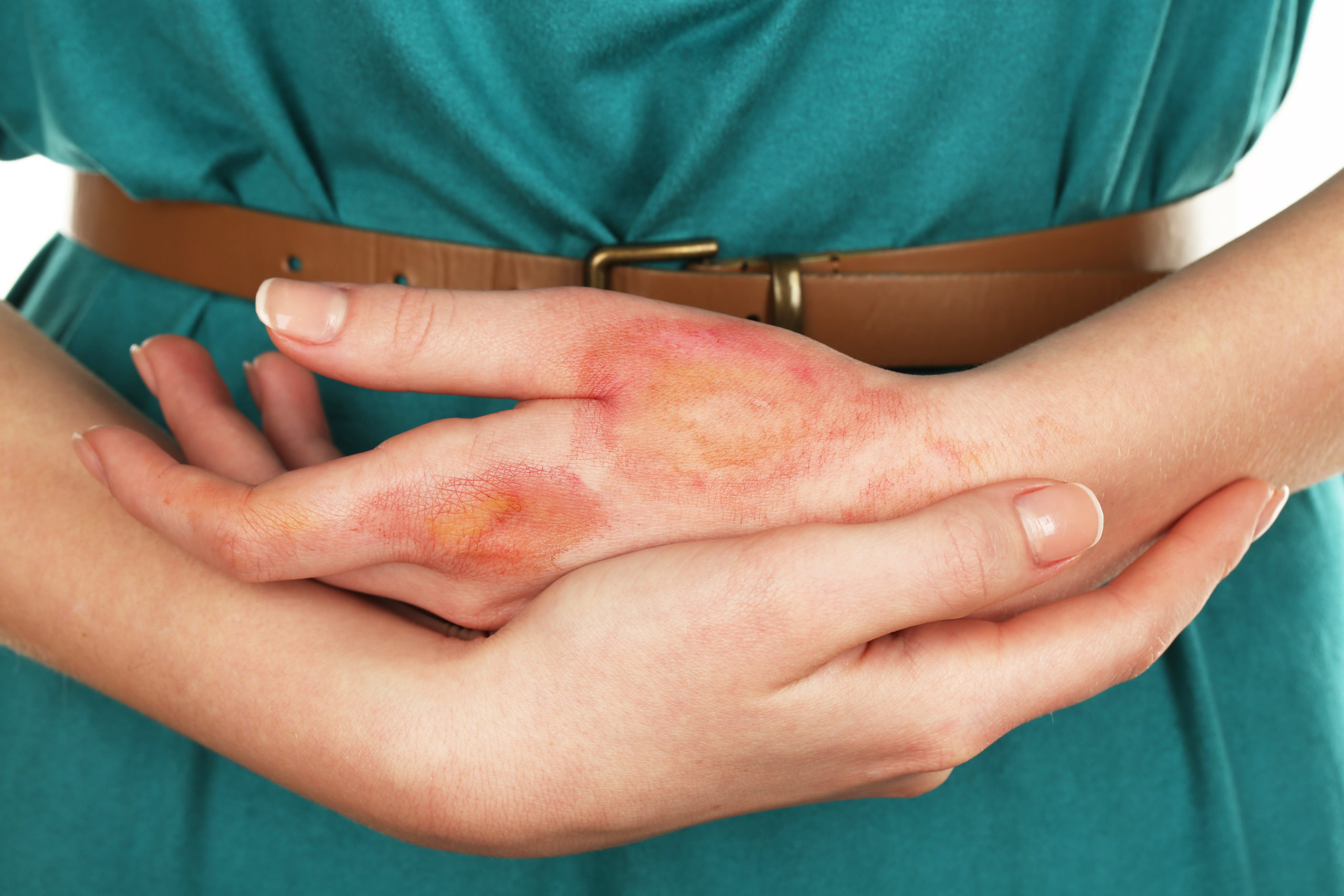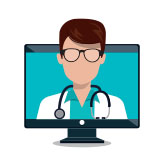
If you have a burn, it is essential to know what the best treatment options are. There are many different types of burns, and each requires a different kind and varying amount of treatment. In this blog post, we will discuss how to treat the most common types of burns on various body parts.
What is the difference between first-, second-and third-degree burns?
The most common question is how to know what level of burn you have. With so many different types, it can be hard to know how bad is bad.
First-Degree
This is the mildest type of burn, and in most cases, your skin will be red. Your skin will probably be dry, and may even peel. The burned area will be painful, but that pain should subside within 48 to 72 hours and is manageable with lotion and possibly pain medication. Lightly running your burn under cool water should help relieve the initial sting.
Second-Degree
Your skin is likely to blister, look glossy or wet, or accumulate a discolored white layer. You can treat this by applying a cool compress to reduce any swelling before consulting with a physician to make sure there is not deeper damage.
Third-Degree
Third-degree burns are the most dangerous. Your skin may look dry or leathery, and there is likely to be some discoloration – either white, brown, yellow, or even black (where the skin looks “charred”). You will see some swelling, and may even feel a lack of pain due to destroyed nerve endings. In this case, immediately consult with a doctor in an emergency room.
What should I do if I get burned?
Once you feel the initial burn, the best way to treat it is by immediately cooling the area with cold water for first-degree burns. This can be done by running cool tap water over your skin for at least three minutes or until the pain goes away.
If the burn is only first-degree, you can gently pat the burn area dry and cover any open wounds by using a soft bandage like an adhesive pad (Ace bandage) wrapped in gauze. If there aren’t any open wounds, then an ointment will do just fine instead of a dressing, unless you’re likely to have it exposed to a situation that may inflate the problem.
Second and third-degree burns require medical attention. After running it under cool water, gently place a strip of gauge or some soft material over the area to protect it from further harm and have someone take you to either an urgent care or emergency room.
What do I need to know about electrical or chemical burns?
If you are burned by an electrical source like an electric shock from an outlet, it is essential to immediately disconnect the power and call 911 for emergency medical services.
Chemical burns should be treated with cold water before calling your physician if there isn’t any blistering present. If blisters do appear, seek professional care ASAP, because further damage might occur layer after layer until reaching the underlying tissues, which will become more sensitive as time passes, so don’t wait!
How long do burns take to heal?
A first-degree burn should heal within one to two weeks, whereas second-and third-degree burns take longer. Depending on the severity of your injury, it can take anywhere from six months up to ten years for a complete recovery! Please be patient with your body, as it will help reduce any stress or anxiety that might interfere with healing – it’s already difficult enough without added pressure. Also, avoid popping open blisters as they appear; too much handling will increase the risk of infection.
What is a skin graft for a burn?
A skin graft is a procedure where tissue from one area on your body, usually the legs or thighs, is moved to another part of your body that has experienced burn damage. This type of surgery helps provide coverage for open wounds until they have appropriately healed without further complications.
Schedule an Appointment
For burn treatment in Grand Rapids, MI, schedule an appointment at WellCare Urgent Care. Call (616) 591-5995 or contact us online. Virtual visits are also available.



